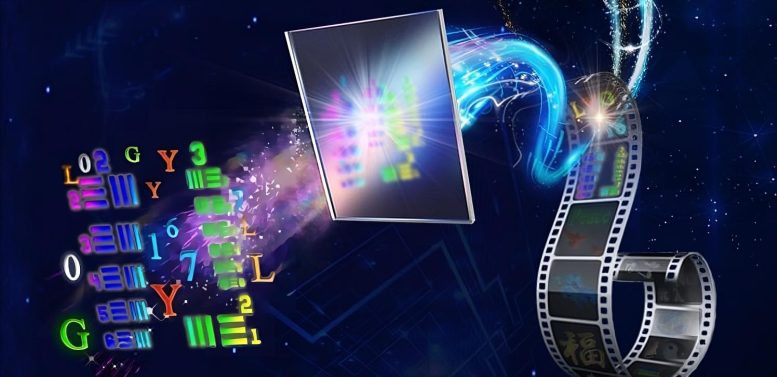
Illustration of the speckle-correlation imaging system designed by KAUST researchers and collaborators. The technique can produce real-time imaging of static and moving objects using simple or low-cost devices. Credit: 2023 KAUST; Wenhong Yang
A new technique that generates a sharp image through the use of a low-cost, random scattering medium in real-time could offer a solution to the challenges posed by blurred images.
When light travels through a light-scattering medium, it is dispersed rather than absorbed, resulting in the loss of a clear image of the original object. Such scattering media can include clouds, creating difficulties for astronomers on Earth, and bodily tissue, hindering medical imaging efforts.
Previous methods for reconstructing scattered light have required some initial knowledge of the object and the ability to control the wavefront of light illuminating it. This has involved complicated optical elements and high vulnerability to motion and mechanical instability. Computational algorithms are then able to post-process the detected light to generate an image.
To get more efficient ways of reconstruction, speckle-correlation imaging was proposed. This extracts information about the source from fluctuations in the intensity, or speckles, in the transmitted light.
However, many of the technologies based on speckle-correlation need time-consuming and intricately calibrated computational reconstruction. Also, still missing is some information such as the image orientation and location.
Wenhong Yang and Qiaoqiang Gan from KAUST, working with Jietao Liu from the Xiong’an Institute of Innovation in China, have developed a way to directly obtain a clear image from a single shot of the speckle image.
“We have developed a strategy of calibration-free, reconstruction-free, real-time imaging of static and moving objects with their actual orientation information,” explains Yang. “This novel technique only requires simple or low-cost devices, without the post-computational reconstruction”
The team passed light from a small standardized test object through a thin diffusing material. By moving a camera in a direction away from the diffuser, they were able to build a three-dimensional image, taking slices through the speckles.
By looking at enlarged sections of these images, the researchers, to their surprise, could directly see reproductions of the test object; they could see through the random diffuser with the naked eye and real-time video imaging. It required no complex equipment for the active control of light nor prior knowledge of the source or diffusion medium. They could also find the lost orientation information and the location of the test object.
“Our work presents a significant step in the field of scattering imaging and will shed light on new avenues for imaging through diffusive media,” says Yang.
Reference: “Directly and instantly seeing through random diffusers by self-imaging in scattering speckles” by Jietao Liu, Wenhong Yang, Guofeng Song and Qiaoqiang Gan, 3 January 2023, PhotoniX.
DOI: 10.1186/s43074-022-00080-2

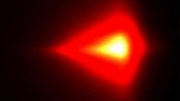
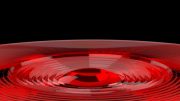
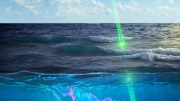

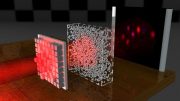
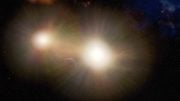


“Previous methods for reconstructing SCATTED LIGHT have”….
Is that: pretty crap?
LOL. Thanks for the note, the typo has been fixed.